Context
Water pipe, a traditional method of smoking tobacco, has become increasingly popular globally among youth, particularly female adolescents. With modern communication technology being highly influential in this age group, this study sought to examine whether an e-learning program could be effective in preventing water pipe smoking among adolescent females in Iran.
Intervention
The intervention employed the e-learning platform of Hamadan University of Medical Sciences, which facilitated the creation of individualized pages for each participant. Each personal page contained videos and e-booklets for five educational sessions, and students were required to answer three questions after each session to pass on to the next clips. If the questions were answered incorrectly, students were required to repeat the tutorial clip again before selecting the correct answer. After three months of the intervention, post-test questionnaires were given to participants in the study.
Evaluation
Design: The study was a randomized controlled trial in 2019-2020. Public, all-female middle and high schools in Kermanshah City with a high prevalence of water pipe smoking were eligible to participate. Among eligible schools, four were randomly selected: two middle schools and two high schools. Two classes in each school (eight total) were randomly selected to participate. Students were then randomly assigned to either the experimental or control group.
Participants completed a questionnaire that collected their demographic characteristics (age, education, and parents’ socioeconomic status), water pipe smoking experience and history, attitudes toward water pipe smoking, and willingness and intention to water pipe smoke. The questionnaire was self-administered and completed at the beginning of the study and three months later. Positive attitude toward water pipe smoking was collected using responses to statements such as “If I smoke water pipe, I can concentrate more.” Participant responses to questions about the views of their friends and their influence on the participant were aggregated to reflect subjective norms; higher scores for this variable showed a positive view of water pipe smoking and friends’ influence. Participants were also asked about their perception of the intelligence, inexperience, self-confidence, independence, and selfishness of water pipe smokers and non-smokers, the responses to which were aggregated to calculate whether participants had a positive or negative “prototype” of WP smokers and non-smokers, separately.
The study used the prototype-willingness model, which suggests that there are two types of decision-making involved in health behaviors in adolescents: a logical path based on analysis and evaluation, and a social reaction path based on prototypes and exploration of high-risk behaviors. In the logical path, a person’s intention to perform a behavior is influenced by their attitude toward the behavior and subjective norms, while in the social reaction path, it is influenced by risk prototypes.
Sample: The experimental and control groups each had 120 students, with a 1:1 ratio of middle school to high school students. Of the sample of 240 students, 43% were ages 15-17, most had fathers and mothers with a diploma or college degree (80% and 68%, respectively), and about two in three had never water pipe smoked. The final analysis included 221 students after 19 (8%) were lost to follow-up.
Results
After three months, positive attitude toward water pipe smoking, positive subjective norms about water pipe smoking, positive prototype about water pipe smokers, intention, and behavioral willingness toward water pipe smoking all significantly decreased in the experimental group compared to the control group. In addition, when looking at water pipe smoking in the last month, there was a significant difference between the experimental and control groups at follow-up (13% and 24%, respectively). There was also a significant decline in water pipe smoking in the last month comparing baseline and follow-up in the experimental group but not in the control group. These results align with the prototype-willingness model, as the social reaction of water pipe smoking became less positive after the intervention in the experimental group compared to the control group (the social reaction path). This could be due to participants being exposed to the content of the educational session that influenced their attitudes toward water pipe smoking and norms around it (the logical path).
Conclusion
The results suggest that e-learning interventions are feasible and cost-effective for reducing both water pipe smoking and positive subjective norms, positive prototype, intention, and behavioral willingness toward water pipe smoking among adolescent females. They also offer an alternative to in-person learning and allow more flexibility for learners. The authors recommend that policymakers create interventions and laws to reduce both access to tobacco for young smokers and access to water pipes.


